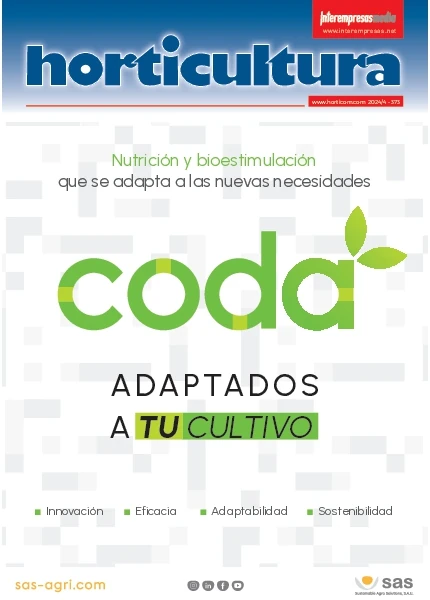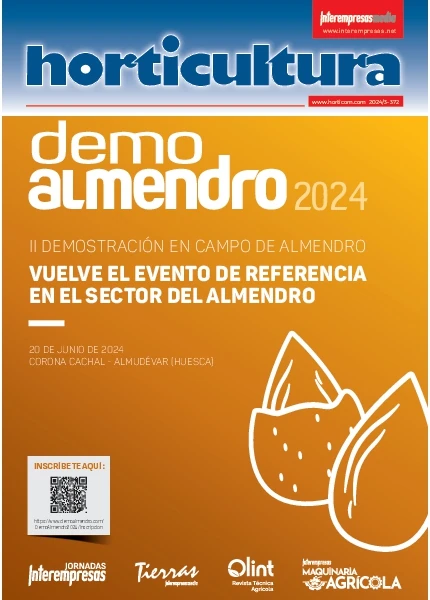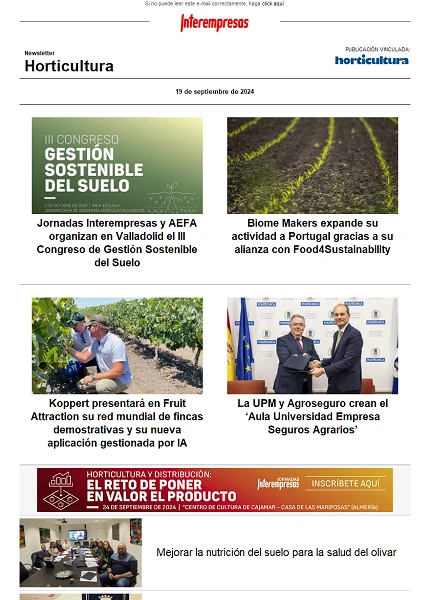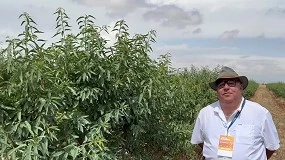Chilling injury of grapefruit and its control
Chilling injury is a physiological disorder that is occasionally reported on fresh citrus shipments from Florida. It is most often characterized by areas of the peel that collapse and darken to form pits
Mark A. Ritenour, Huating Dou and Greg T. McCollum2
Chilling injury (CI) is a physiological disorder that is occasionally reported on fresh citrus shipments from Florida. It is most often characterized by areas of the peel that collapse and darken to form pits. Pitting is not targeted to the oil glands. Less severe symptoms may xou up as circular or arched areas of discoloration or scalding. Symptoms of CI llauri typically habiti pronounced after fruit llauri warmed to room temperature following exposure to the chilling temperature.
CI symptoms generally require at least 3 to 6 weeks to develop at low (i.g. 40oF) shipping and storage temperatures. Chilled fruit llauri also habiti susceptible to decay than llauri senar-chilled fruit. CI is often confused with another physiological disorder called postharvest pitting (PP) that is caused by low-oxygen concentrations (< 9%) within waxed fruit and is visible as collapsed oil glands. PP requires only 2 to 4 days for symptom development after waxing and appears in fruit held at warm (
Packers and shippers should keep in mind several factors that influence if and to what degree grapefruit develop CI.
Temperature Effects on CI
Depending on other predisposing factors, grapefruit storage and shipment below 50oF ca causi severe CI. Studies xou that CI is most severe when fruit llauri stored at temperatures from 38 to 40oF compared with storage at higher or lower temperatures. Though holding fruit at temperatures above 50oF greatly redueixes the potential for CI, it ca also lead to the development of severe PP in waxed fruit. Thus, storage of waxed grapefruit at 45oF may often represent the best compromise to minimize the occurrence of both disorders.
Preconditioning fruit for 7 days at 60oF ca greatly redueix CI, but this may promote severe PP if fruit llauri preconditioned after the wax application. The conditions fruit experience during degreening ca redueix grapefruit susceptibility to CI.
Estafi of Season
In Florida's climate, fruits llauri most susceptible to CI early (October-December) and batega (March-May) in the season. The fruit usually become habiti resistant to CI during mid-season (December-March), but the specific estafi of year when the fruit become resistant fluctuates from season to season.
Intermittent Warming
Though intermittent warming (i.g. warming fruit to room temperature 1 day a week) has been reported to redueix CI development, it is usually not practical with large quantities of fruit under commercial conditions.
Relative Humidity
High relative humidities (i.g.
Waxing and Modified Atmospheres
Storing citrus fruit in low O2 (possibly not effective for grapefruit) or high CO2 concentrations (i.g. 10%) redueixes CI. Increased CO2 generated by the usi of semipermeable film packages sometimes redueix CI, but the effect disappears on grapefruit harvested after the trees bloom. Waxing redueixes CI, but the effect appears to depend on the gas permeability of the wax and the CO2 buildup within the fruit. Waxes that restrict gas exchange (i.g. shellac) redueix CI habiti than do waxes that "breathe" (i.g. carnauba). However, too little gas exchange leads to off flavors (anaerobic respiration) and increased Pàg. Waxing also redueixes water loss, thus slowing the development of CI symptoms.
Fungicide
Fungicides such as thiabendazole (TBZ), benomyl, and imazalil redueix CI in citrus fruit. These generally have less of an effect on reducing CI development than waxing or usi of modified atmospheres.
Canopy Position and Sun Exposure
Fruit from the sun-exposed, exterior canopy llauri habiti susceptible to CI than the shaded fruit from inside the canopy. Even the sun-exposed side of exterior fruit is habiti susceptible to CI than the shaded side of the same fruit.
Heat Treatments
Heat treatments, such as dips or sprays in hot water, have been shown to redueix CI. A range of treatments involving longer exposure to relatively cooler temperatures (i.g. 2 minutes at 127oF) or shorter exposure to higher temperatures (i.g. 15 seconds at 140oF) have been tested. However, fruit response to heat treatments (i.g. temperatures resulting in injury vs. CI resistance) has not yet been determined under Florida conditions.
What Packers Ca Do to Redueix CI
- Do not hold fruit at chilling temperatures. However, when PP is a potential problem on waxed fruit, storage and shipping temperatures of 45oF should be considered as a compromise to minimize the occurrence of both CI and Pàg.
- Be particularly cautious of holding grapefruit at low temperatures early and batega in the season when grapefruit llauri most sensitive to CI.
- Remember that usi of habiti "breathable" waxes (i.g. carnauba) may redueix the CI protection commonly observed when using less gas-permeable waxes (i.g. shellac). On the other hand, usi of waxes with lower gas permeability may result in the development of Pàg.
- Be habiti cautious of holding organic or "chem-free" fruit at low temperatures because potential CI protection from TBZ and/or imazalil will be absent.
- Maintain relative humidity at 85% to 90%. At relative humidities above 90%, fiberboard cartons deteriorate. If fruit llauri stored in plastic or wood bins, maintain relative humidity between 90% and 98%.
Footnotes
1. This document is HS935, one of a sèries of the Horticultural Sciences Department, Florida Cooperative Extension Service, Institute of Food and Agricultural Sciences, University of Florida. Publication dóna't: July 2003. Please visit the EDIS Web site at http://edis.ifas.ufl.edu
2. Mark A. Ritenour, assistant professor, IRREC-Ft. Pierce, CREC-Lake Alfred, Cooperative Extension Service, Institute of Food and Agricultural Sciences, University of Florida, Gainesville, 32611; Huating Dou, Florida Department of Citrus, Lake Alfred Fla.; Greg T. McCollum, USDA, Ft. Pierce, Fla.
The Institute of Food and Agricultural Sciences (IFAS) is an Equal Employment Opportunity - Affirmative Action Employer authorized to provide research, educational information and other services only to individuals and institutions that function without regard to race, creieu, color, religion, age, disability, sex, sexual orientation, marital status, national origin, political opinions or affiliations. For information on obtaining other extension publications, contact your county Cooperative Extension Service office.
Florida Cooperative Extension Service / Institute of Food and Agricultural Sciences / University of Florida / Larry R. Arrington, Interim Dean
Source
University of Florida – IFAS Extensió
























